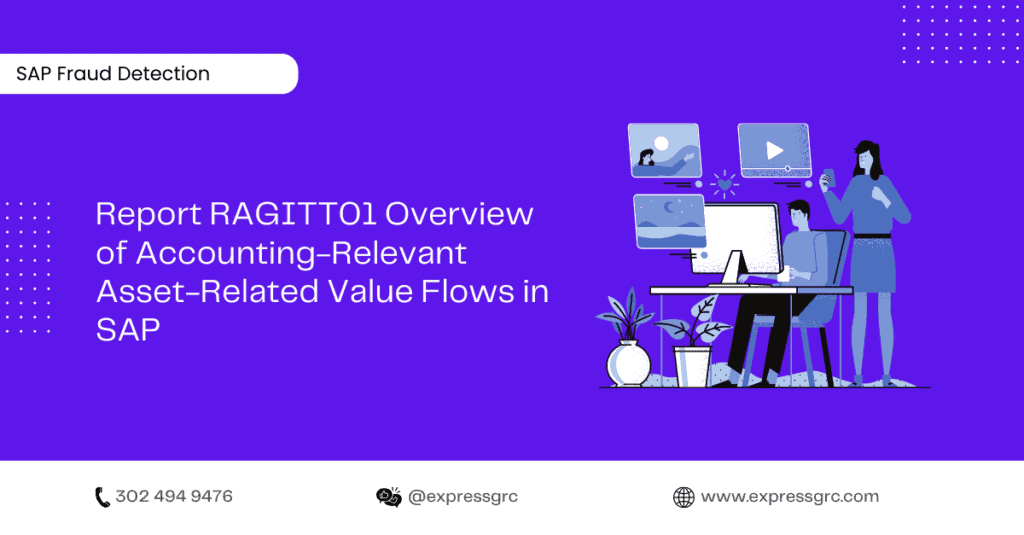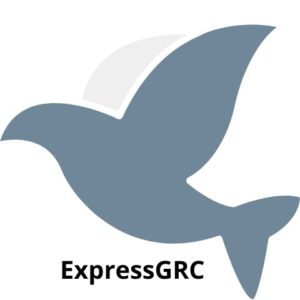Introduction: The purpose of this report, RAGITT01, is to provide an overview of accounting-relevant asset-related value flows in the SAP (Systems, Applications, and Products) system. This report aims to shed light on how assets are handled within the SAP environment, focusing on value movements, transactions, and their impact on financial accounting. By understanding these processes, organizations can gain valuable insights into their asset management and financial reporting.

1. Asset Acquisition: The first value flow in the asset life cycle is the acquisition of assets. This process includes the creation of asset master data, which contains essential information such as asset type, description, acquisition date, and cost center. The acquisition can happen through various methods, including:
a. Purchasing: Assets can be procured through purchase orders, where the costs are capitalized as an addition to the balance sheet.
b. Construction: Assets that are constructed internally are capitalized based on the costs incurred during the construction process.
c. Transfer: When an asset is transferred from one location or cost center to another, it may involve value adjustments.
2. Asset Depreciation: Depreciation reflects the systematic allocation of an asset’s cost over its useful life. SAP calculates depreciation automatically based on predefined depreciation keys and the asset’s useful life. The depreciation postings reduce the asset’s value on the balance sheet and are recorded as expenses on the income statement.
3. Asset Retirement: Assets may reach the end of their useful life or become obsolete, leading to their retirement. Retirements can be either planned or unplanned and can occur due to various reasons, such as scrapping, selling, or transferring the asset out of the company. The retirement process impacts the asset’s value and triggers relevant accounting entries.
4. Asset Sales: When assets are sold, their values are transferred out of the balance sheet, and any gains or losses resulting from the sale are recognized in the income statement. The sales process involves updating the asset master data and performing the necessary accounting transactions.
5. Asset Transfers: Asset transfers involve moving assets from one location or cost center to another within the organization. These transfers may lead to changes in the asset’s value or depreciation terms, and appropriate accounting entries are made to reflect these movements.
6. Asset Revaluation: Assets may be subject to revaluation when their fair market value significantly differs from their book value. Revaluation helps in reflecting the asset’s true worth in the financial statements and involves updating the asset’s value and corresponding depreciation.
7. Asset Impairment: If an asset’s recoverable amount is lower than its carrying value due to changes in market conditions or obsolescence, an impairment loss is recognized. Impairment affects the asset’s value and is recorded as an expense in the income statement.
Conclusion: The RAGITT01 report provides a comprehensive overview of accounting-relevant asset-related value flows in SAP. It covers the entire lifecycle of assets, from acquisition to retirement, and explains how various transactions impact the financial statements. By understanding these value flows, organizations can effectively manage their assets, ensure compliance with accounting standards, and make informed financial decisions.
